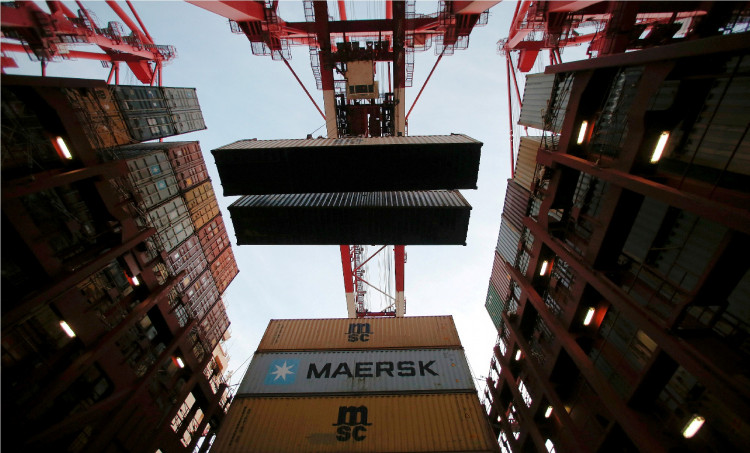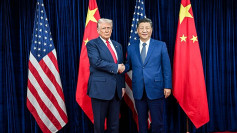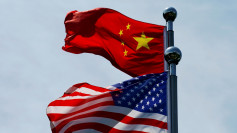China's foreign trade stands firm this year despite the increasing uncertainties locally and abroad.
China's regulating body said that the United States tariffs have limited impact on the economy of the country and China has the capacity and confidence to deal with it. China plans to attract more foreign investment into its state-level economic and technological development zones
Last month, the World Trade Organization (WTO) lowered its forecast of China's global trade growth in 2019 from 3.7 percent to 2.6 percent because of the risks brought by the trade tensions. China's Ministry of Commerce said in its latest report that the foundations for stable growth remain strong due to the improved policy support, domestic industrial upgrading and transformation of foreign trade structure which sustained growth.
On May 1, the United States started to raise duties from 10 percent to 25 percent on $200 billion dollars worth of Chinese imports. China retaliated by increasing tariffs on some of the imported United States products starting on June 1.
According to Guo Shuqing, chairman of the China Banking and Insurance Regulatory Commission, the tariff hikes imposed by the United States have limited impact on China's economy. He said that Domestic consumption has become the most significant driving force for China's economic growth, and most of the products exported to the U.S. for example, are suitable for sales in domestic markets.
According to China's official data, the trade with nations under Belt and Road initiative totaled 2.73 trillion yuan in the first four months of this year. an official from China's Ministry of Commerce said that they will impose new policies to attract foreign investment into the country's state-level economic and technological development zones.
Tang Wenhong, head of the MOC's department of foreign investment administration, said that efforts will be made to bring in foreign-invested companies in the advanced manufacturing and modern service industries, while multinationals will be encouraged to set up headquarters or R&D centers in the development zones.
Mr. Tang said that there is still a lot of potentials for the development zones to attract more foreign capital. China's State Council announced public guidelines that promote innovation on the development zones. The guidelines encourage technological and institutional innovation in the areas.
The council included 22 tasks that include increasing the quality of foreign trade and advancing the innovation capabilities of various industries.
The combined foreign trade volume in the development zones in 2018 accounted for 20.3 percent of China's total foreign trade, with an increase of 10.8 percent year on year.






